Carpal Tunnel Syndrome
The carpal tunnel is a narrow structure in the wrist shaped like a tunnel. Wrist bones called carpal bones create the bottom and sides of this tunnel. The transverse carpal ligament covers the top of the tunnel. Several tendons and the median nerve pass through the carpal tunnel. Carpal tunnel syndrome (CTS) is a condition caused by swelling and pressure inside this tunnel.
Symptoms usually begin gradually and include numbness, tingling, and pain in the affected hand. Patients often complain of cramping in the hand or wrist. There may also be an electric-like shocking feeling in the fingers or hand. Frequently, there is a feeling of the fingers being swollen even though there is no swelling. There may also be complaints of difficulty squeezing objects, making a fist or general weakness of the hand. Symptoms are most often felt in the thumb, index, middle, and half of the ring finger. Symptoms may cause waking during the night, and frequently they begin in the morning upon awakening. There may be difficulty with driving, holding a book, or any repetitive activity requiring prolonged grasping or flexing of the wrist. Sufferers may drop objects more easily, and hand activities such as buttoning or typing may become difficult. Occasionally, pain and strange sensations may travel up the arm toward the shoulder. In severe cases, there may be a loss of muscle mass (atrophy) at the base of the thumb on the palm side of the hand. These symptoms occur because the median nerve in the wrist is compressed and squeezed by swollen tissues which slow or blocks nerve impulses traveling through the nerve.
There are many causes of carpal tunnel syndrome:
Hormonal changes related to pregnancy and menopause
Diabetes
Thyroid gland imbalance, especially an underactive thyroid
Rheumatoid arthritis
Arthritis or fracture near the wrist
Any injury of the wrists which causes swelling in the carpal tunnel
Repetitive hand use over time
Heredity, the most important factor
It is important to rule out other conditions which can be responsible for the same symptoms of pain, swelling, numbness, and/or weakness in the hands. Examples of other conditions which may cause similar symptoms include
Arthritis of the hand joints and wrists
Osteoarthritis of the base of the thumb
Tendonitis, which is an inflammation of the tendons that connect muscle to bones in the hand or wrist
Raynaud's phenomenon, which can cause similar symptoms as a result of cold exposure and is sometimes due to autoimmune diseases
Carpal tunnel syndrome is more common in women than in men. Middle-aged to older individuals are more likely to develop the syndrome than younger persons. Up to 10% of the entire population may be affected by carpal tunnel syndrome.
The diagnosis is made by obtaining a history and performing a physical examination. Other diagnostic tests may be ordered. Your doctor may perform these tests:
Tapping on the wrist with a reflex hammer which may cause an electric-like sensation (Tinel Sign)
Bending the wrist for one minute which may cause the appearance of symptoms in the hands (Phalen Test)
Asking you to straighten the thumb while it is being held to demonstrate weakness in the median nerve
Applying light touch or pinprick to the hand to reveal decreased sensation in the hand
Ordering a nerve conduction test which may reveal delayed impulses traveling through the median nerve in the tunnel
Ordering electromyography which may reveal that muscles supplied by the median nerve are not performing normally
Ordering MRIs and diagnostic ultrasound to help diagnose carpal tunnel syndrome
Carpal tunnel syndrome can be relieved without surgery if it is diagnosed and treated early. Non-surgical treatments include
Brace or splint to keep the wrist in a neutral position
Splints to be worn during activities that cause symptoms
Anti-inflammatory medications (NSAIDs), such as ibuprofen
Low dose acetaminophen (Tylenol) may also decrease pain
Cortisone injection into the carpal tunnel area
Treating underlying diseases, such as rheumatoid arthritis or hypothyroidism (underactive thyroid)
Modifying your workplace to maintain your wrist in a neutral position (wrist joint straight, not down) so as to reduce swelling and pain
Elevation and ice (with a protective barrier) to decrease swelling and pain
If relief is not obtained from non-surgical treatments, surgery may be considered. If symptoms are severe, surgical opening of the tunnel to relieve the pressure on the median nerve may relieve or decrease symptoms. Unfortunately, carpal tunnel syndrome may not resolve after surgery and may take several months for strength in the hand and wrist to normalize. Risks of surgery include infection, bleeding, and nerve injury. Severe complications are rare. Complete recovery may take up to a year. However, the longer symptoms have been present, the slower the recovery and the more likely the recovery will be less complete.
Tania Faruque MD is the medical director of Palomar Spine & Pain, in Escondido, CA (North San Diego County).
